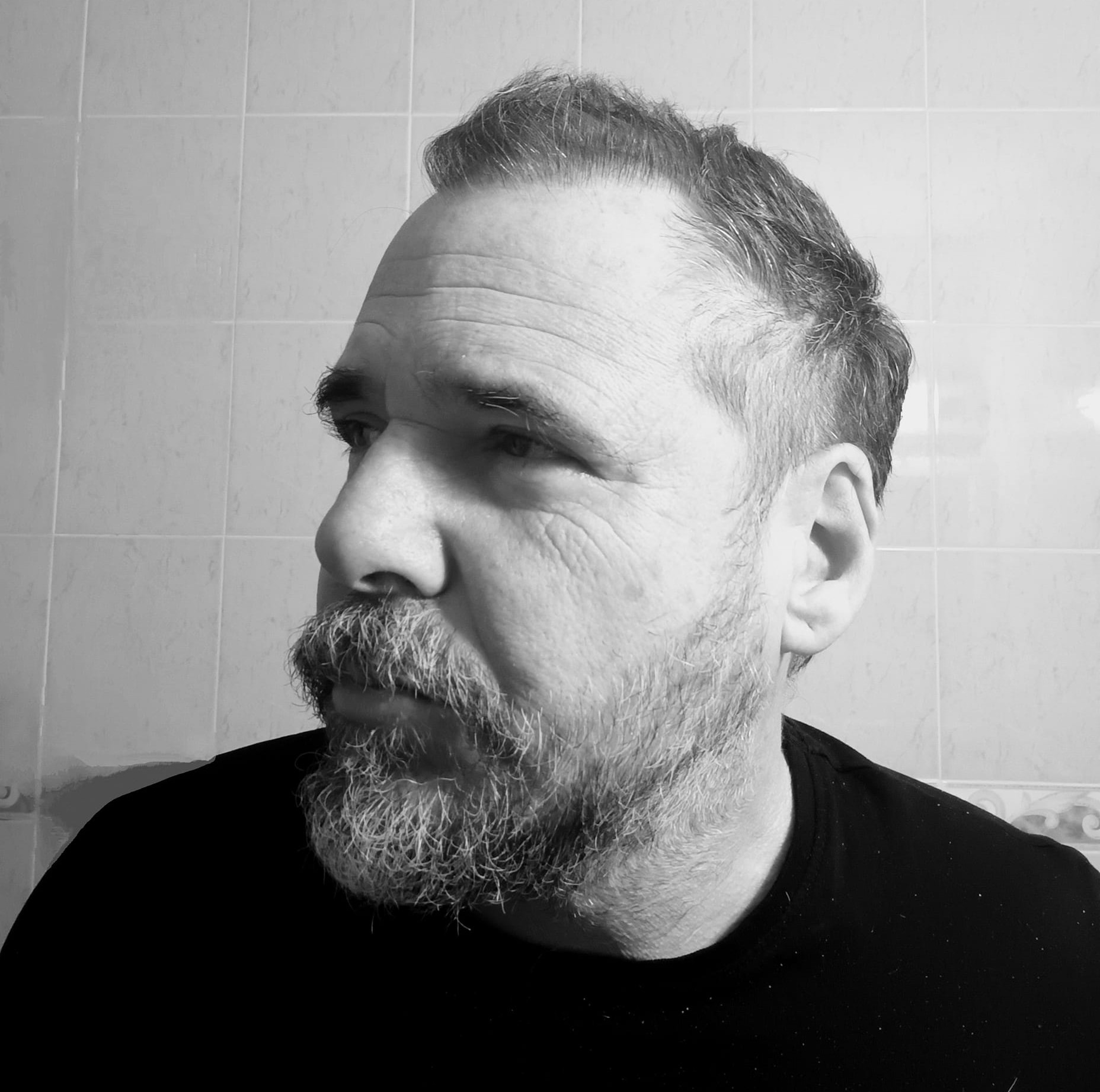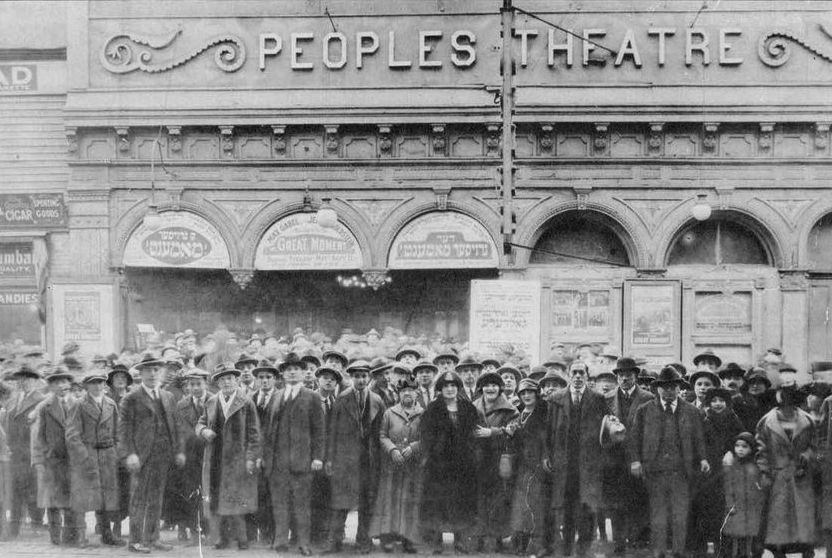Summary
In 1916, the Forverts (The Jewish Daily Forward), a Yiddish newspaper based here on New York City’s Lower East Side, ran a now-legendary advice column titled “A Bintel Brief” (“A Bundle of Letters”). Immigrants poured out their hearts in Yiddish, asking how to navigate everything from loveless marriages to crooked bosses. One letter, from a homesick father, read: “In America, even the tears don’t taste the same.” This blend of melancholy, humor, and resilience—distilled into a language once dismissed as a “jargon”—would seep into the American psyche, shaping its comedy, literature, and even its curse words.
Yiddish, the thousand-year-old common language of Ashkenazi Jews, arrived in America with 2.5 million Eastern European immigrants between 1880 and 1924. By the 1930s, it was the third most widely spoken language in New York City after English and Italian. But its true legacy lies not in numbers, but in its subversive, soulful influence on American culture. From the Borscht Belt to Broadway, from Seinfeld to TikTok, Yiddish became the “secret handshake” of a nation learning to laugh at itself.
“A Language Without a Country” Comes to America
Yiddish—a fusion of German, Hebrew, Aramaic, and Slavic languages—was born in medieval Central Europe. For centuries, it thrived in the shtetls (market towns) of Eastern Europe as the everyday tongue of Jews, carrying their jokes, prayers, and lullabies. But pogroms, poverty, and antisemitism drove millions to America, where they crowded into tenements on the Lower East Side.
By 1910, over 350,000 Jews lived on the LES, creating a parallel universe of Yiddish theaters, cafés, and radical political clubs. The neighborhood boasted 7 Yiddish daily newspapers, including the socialist Forverts and the anarchist Fraye Arbeter Shtime (Free Voice of Labor). 12 Yiddish theaters on Second Avenue alone, dubbed the “Jewish Rialto,” where audiences wept through Shund (melodramatic “trash”) and debated Ibsen adaptations.
“Yiddish was the GPS for navigating America,” writes Ilan Stavans in How Yiddish Changed America. “It let you cry about the Golden Land while still mocking its contradictions.”
Yiddish in Pop Culture
Yiddish Newspapers:
The Forverts, founded in 1897, wasn’t just a paper—it was a cultural lifeline. Its advice column, A Bintel Brief, served as proto-social media, with editor Abraham Cahan replying to letters like a viral agony aunt. One 1907 query: “My son wants to marry a shikse [non-Jewish girl]. Should I sit shiva [mourn] for him?” Cahan’s reply blended tough love and pragmatism: “Do not disown him. America is different.”
The paper also published serialized novels, job listings (“No Irish Need Apply”), and even a “Gallery of Missing Husbands” to shame deadbeat dads. By 1924, it had 275,000 daily readers.
Yiddish Theater:

Yiddish theater was equal parts escapism and education. Stars like Boris Thomashefsky (the “Father of Yiddish Theater” in America) performed operettas about yeshiva boys turned gangsters, while playwrights like Jacob Gordin tackled worker strikes and women’s rights. At the People’s Theater on Bowery, audiences threw garlic cloves at actors playing villains.
The genre birthed Hollywood giants: The Warner brothers got their start projecting Yiddish subtitles in Nickelodeons, and Paul Muni (born Meshilem Meier Weisenfreund) transitioned from LES stages to Oscar-winning roles.
Radio:
In the 1930s, Yiddish radio shows aired on WEVD (named for socialist Eugene V. Debs). Programs like The Jewish Philosopher mixed folk wisdom with ads for schmaltz (rendered chicken fat). Comedian Molly Picon hosted The Yiddish Kitchen, riffing on recipes and patriarchy: “A husband is like a kugel—best when warm and a little sweet.”
Yiddish Infiltrated American English
Yiddish didn’t just borrow words—it smuggled attitudes. Its genius lies in chutzpah (gall), schmaltz (sentimentality), and kvetching (complaining as an art form).
Perhaps the top 10 Yiddish words which permeated the American vocabulary:
-
Schmooze (shmuesn, “to chat”): From job seekers buttering up bosses to Silicon Valley networking.
-
Klutz (klots, “block of wood”): Became shorthand for anyone spilling coffee in a Zoom meeting.
-
Bagel (beygl): The dense, unsliced beygl morphed into an American culinary icon.
-
Nosh (nashn, “to snack”): Turned grazing into a verb.
-
Spiel (shpil, “play”): Salesmen adopted it for their pitches; now it’s TED Talk jargon.
-
Glitch (glitsh, “slip”): Tech borrowed it for bugs and hiccups in a computer system.
-
Mensch (“a person of integrity”): The highest compliment in any language.
-
Tchotchke (tshatshke, “trinket”): The perfect word for souvenir shops.
-
Oy vey (“oh woe”): A phrase expressing dismay or exasperation.
-
Schmuck (shmok, “jerk”): Diluted from its original NSFW meaning (male genitalia) to a PG insult.
There’s also “Yinglish.” Immigrants’ children blended Yiddish and English into “Yinglish,” creating phrases like:
-
“Enough already!” (Genug shoyn!)
-
“Money, shmoney!” (Dismissing materialism).
-
“I need it like a hole in the head!” (Ikh darf es vi a lokh in kop!).
From The Bowery to the Borscht Belt to Hollywood
In Catskills resorts like Grossinger’s, young comics like the Lower East Side’s George Burns, Eddie Cantor, Fanny Brice, and Molly Picon crafted schtick (a routine) into an art form. Mel Brooks’ The Producers (1967) went from Broadway to Hollywood featuring a musical number titled “Springtime for Hitler”—a jab at absurdity only possible in Yiddish.
Isaac Bashevis Singer, the Nobel laureate who wrote exclusively in Yiddish, called it “the language of the neshome [soul].” His stories of dybbuks and adulterous butchers found a second life in The New Yorker. Meanwhile, Philip Roth’s Portnoy’s Complaint (1969) weaponized Jewish guilt with Yiddish zingers like “You should drop dead!” (Zolst vaksn vi a tsibele mitn kop in drerd! — “You should grow like an onion with your head in the ground!”).
Seinfeld (1989–1998) was a masterclass in Yiddish logic, from the Soup Nazi’s “No soup for you!” to Elaine’s “yada yada” (from yode’a, “to know”). Larry David’s Curb Your Enthusiasm turned “schmohawk” and “schmear campaign” into national catchphrases.
Refusing to turn over and die, Yiddish continues to thrive in pop culture and on Main Street.
As Michael Wex, author of Born to Kvetch, writes: “Yiddish didn’t die—it went undercover. It’s the language of the underdog, and America loves an underdog.”
More on the subject
-
How Yiddish Changed America edited by Ilan Stavans & Josh Lambert
-
World of Our Fathers by Irving Howe
- Proste Yiddish Podcast
[FEATURED IMAGE: A mass of theatregoers outside the Peoples Theatre on The Bowery, waiting for tickets to the Yiddish play “The Great Moment,” which ran 1927-28. Many were turned away, the tickets having sold out well in advance. Image by Forward Association.]

Eric is a 4th generation Lower East Sider, professional NYC history author, movie & TV consultant, and founder of Lower East Side History Project.
